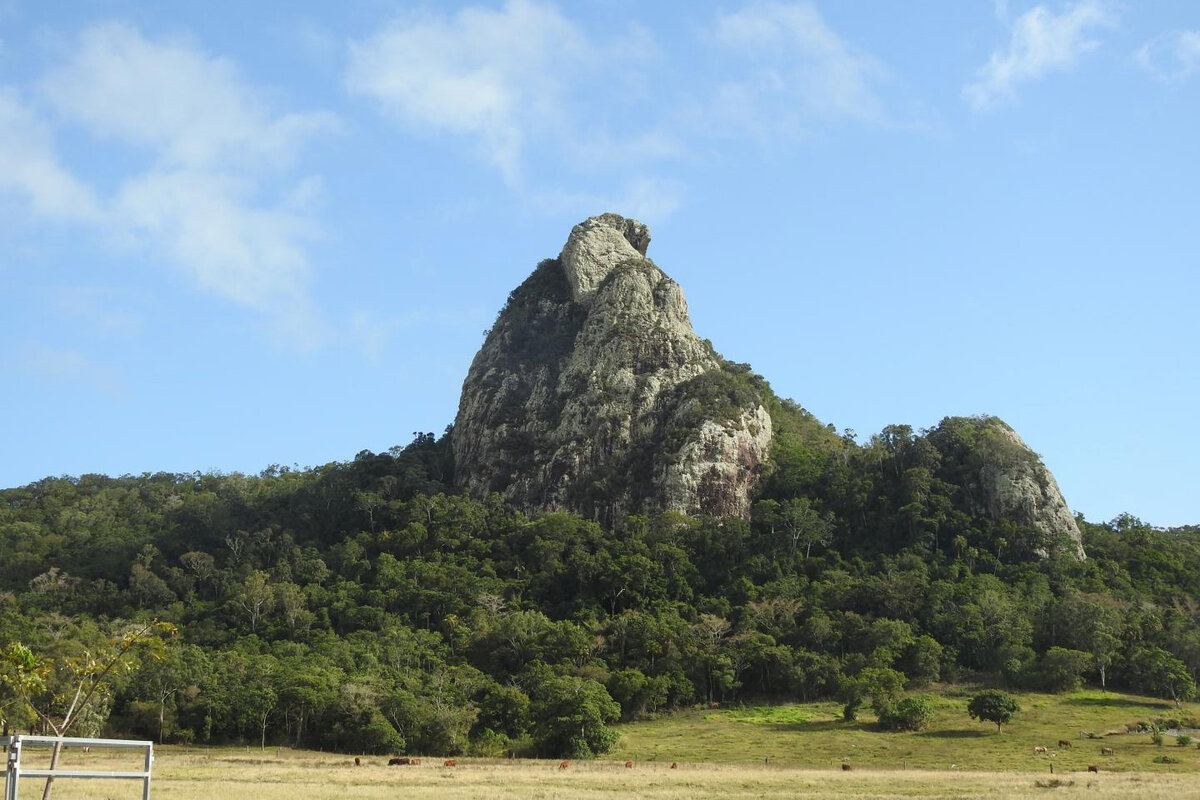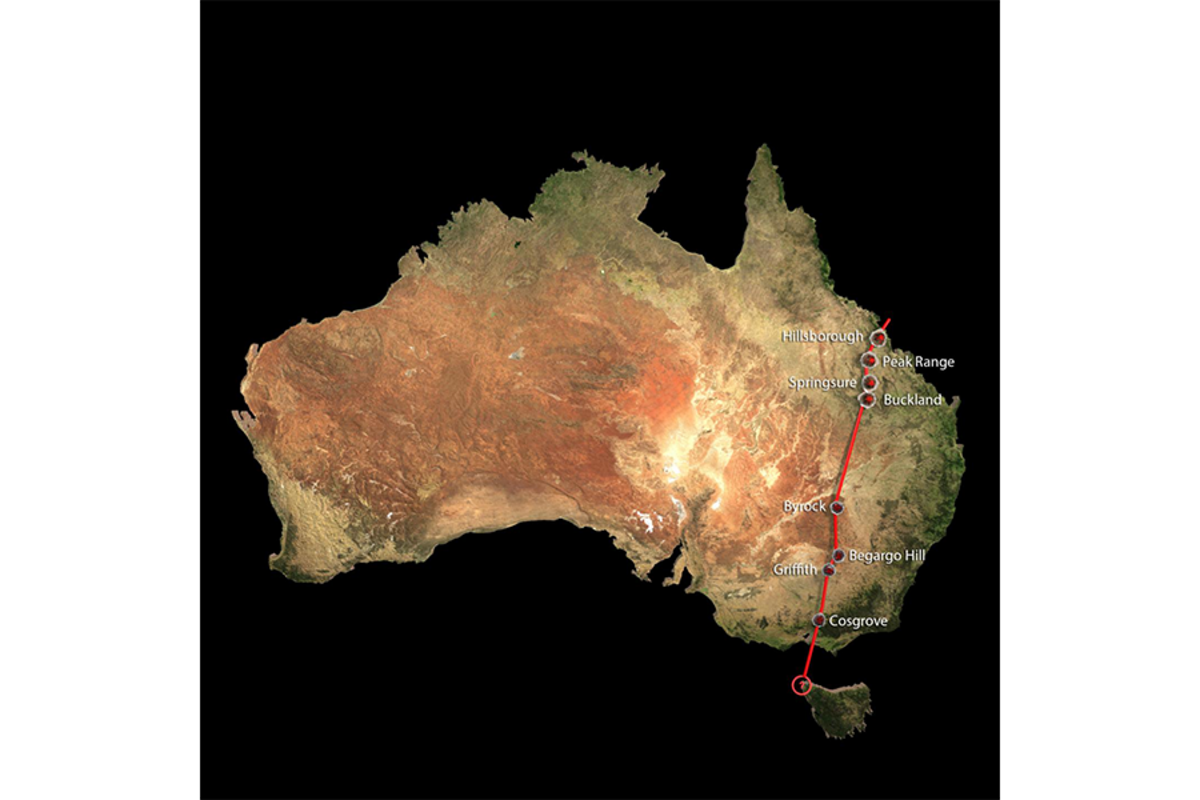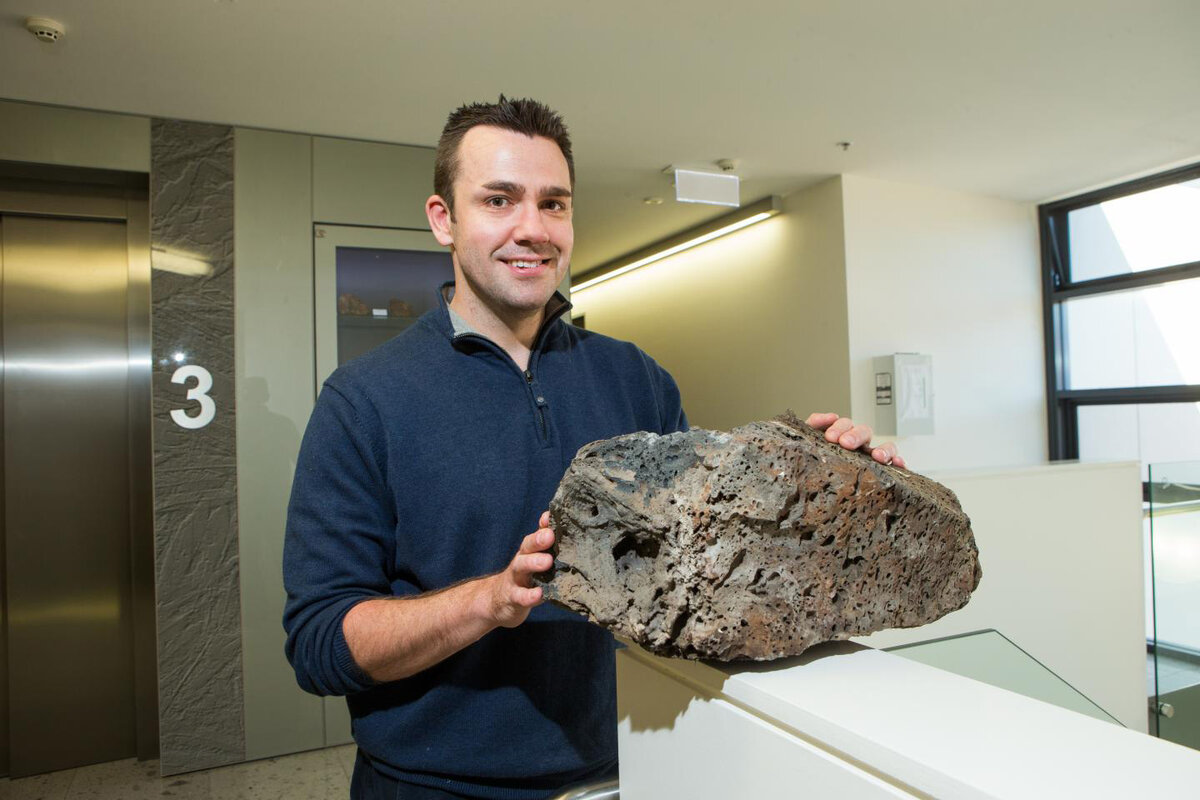World's longest volcano chain found in Australia: How did we miss it?
Loading...
The longest chain of volcanoes on a continent was discovered right under scientists’ noses.
Stretching nearly 1,250 miles down Australia’s eastern region, the line of volcanoes tops the famous Yellowstone track that passes through Oregon, Nevada, Idaho, and Wyoming.
It's not that scientists were blind to this gigantic volcanic string. But the newly discovered chain of volcanoes has long been inactive.
Researchers report that the line of volcanoes formed over the past 33 million years in published in Nature Monday.
As Australia’s tectonic plate moved slowly north, it passed over a hotspot. Volcanoes only formed in the places where the Earth’s solid outer layer, the lithosphere, was thin enough. The magma didn’t push through if the lithosphere was thicker than 80 miles.
Researchers think the hotspot formed over mantle plumes, tight places where hot rock pushes up through the mantle from the Earth’s core.
Most volcanic activity occurs along the boundaries of tectonic plates, with magma pushing through cracks in the Earth. Hotspot volcanoes are more rare.
Australia’s chain of defunct volcanoes may be the longest on a continent, but the chain that includes Hawaii extends over 3,700 miles. These underwater volcanoes and islands also formed as a tectonic plate inched over a hotspot over the course of millions of years.
By studying the Hawaiian chain, scientists noticed in the direction of the line of volcanoes. This suggests that the Pacific Plate changed directions.
The newly discovered Australian chain could yield similar information about its own region.
"Ultimately this new understanding may help us to reconstruct the past movements of continents from other hotspots," study co-author Nick Rawlinson of the University of Aberdeen’s School of Geosciences said in .
In fact, earlier this year researchers accidentally discovered 50-million-year-old underwater volcanoes off the coast of Sydney, Australia, when looking for lobsters.
Scientists believe that these volcanoes resulted from a rift in tectonic plates, not a hotspot. But combined, this ancient volcanic activity could help explain past tectonic movement.
Study authors believe the mantle plume that created this Australian chain could still exist, deep below the ocean off the northwest coast of Tasmania.







